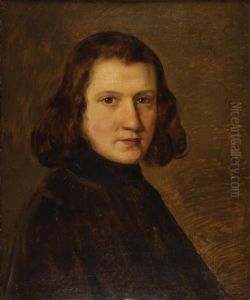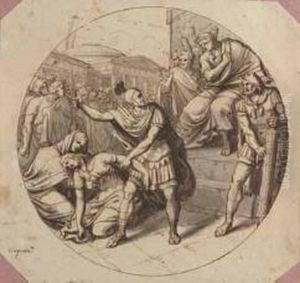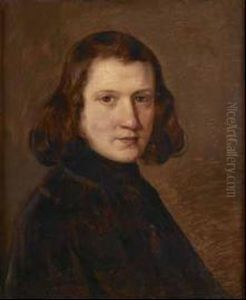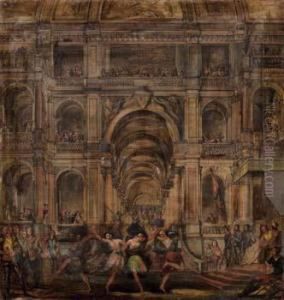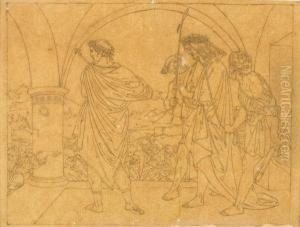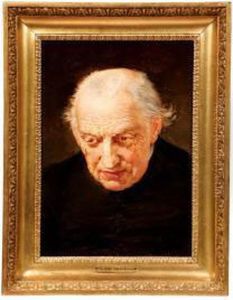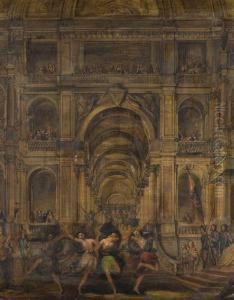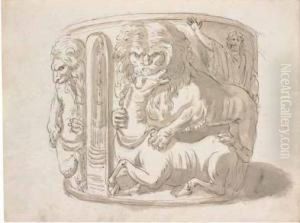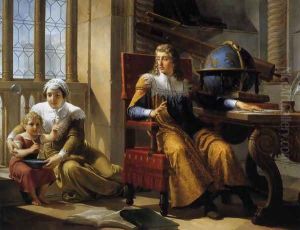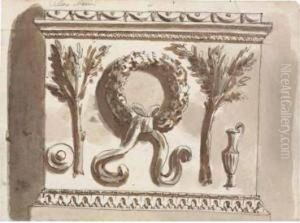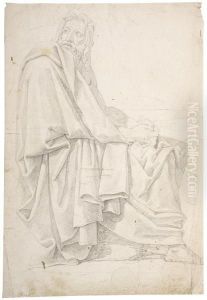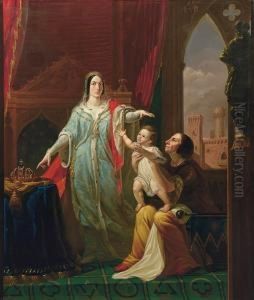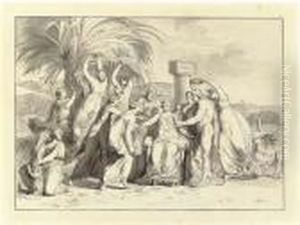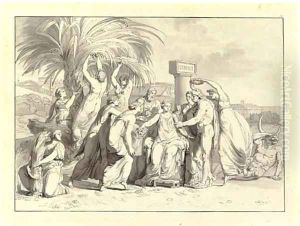Pelagio Palagi Paintings
Pelagio Palagi was an Italian painter, sculptor, and architect, born on May 24, 1775, in Bologna, Italy. He was a prominent figure in the Italian neoclassical and romantic movements. Palagi began his artistic training at a young age in his hometown at the Accademia Clementina, where he honed his skills in drawing and painting. His early works showed a strong influence of neoclassicism, which was the dominant style of the time, inspired by the art and culture of ancient Greece and Rome.
After his initial training, Palagi moved to Rome, where he studied and worked for several years. His time in Rome allowed him to immerse himself in the study of classical art and architecture, which greatly influenced his subsequent work. He became known for his historical and mythological paintings, which often featured dramatic lighting and strong, heroic figures.
In the early 19th century, Palagi's work began to shift towards the romantic style. This was characterized by a greater emphasis on emotion, exoticism, and the sublime. He created numerous works with romantic themes, often depicting scenes from literature or history with a heightened sense of drama and emotion.
Aside from painting, Palagi was also an accomplished sculptor and architect. He designed and decorated several important buildings, including palaces and villas in Italy. His architectural works are noted for their eclectic mix of styles, incorporating elements of neoclassicism, gothic revival, and even oriental motifs.
Palagi spent the latter part of his life in Turin, where he was appointed as a professor at the Accademia Albertina and became involved in various architectural projects for the House of Savoy. He played a significant role in the design and decoration of the Royal Palace of Turin and the Palazzo dell'Accademia delle Scienze.
Pelagio Palagi passed away on March 6, 1860, in Turin. His legacy includes a vast body of artwork, including paintings, sculptures, and architectural designs that continue to be studied and admired for their blend of classical tradition and romantic innovation.

